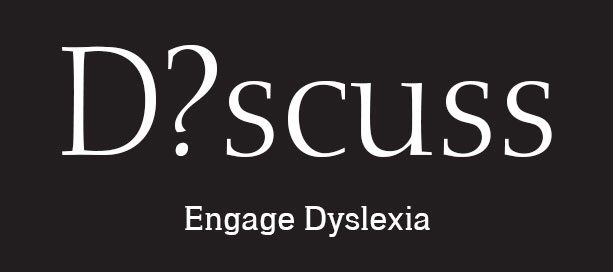Part 3
Today, students with learning disabilities and differences, such as dyslexia, have many assistive technology (AT) options to help them with the demands of reading and writing. Desktop software and apps for mobile devices have been providing academic support for several years, and now Google’s Chromebook and Chrome Web browser have joined the array of effective accommodations.
The first article in this series gave an overview of how Chrome can aid students with dyslexia, while the second part looked at specific AT-related extensions that can be added to the Chrome browser. This third article will explore Chrome apps that can be utilized to compose and better understand written materials.
What Are Chrome Apps?
Unlike extensions, Chrome apps are standalone applications that run in their own windows or tabs within the browser. They are similar in functionality to desktop software and apps found on mobile devices. Chrome apps can help students with dyslexia in several ways, providing tools like word prediction, dictation, graphic organizers, and text leveling. Like extensions, apps are found and downloaded from the Chrome Web Store and can be launched from their own browser windows.
Co:Writer Universal
In addition to providing word prediction in the form of a Chrome extension, Don Johnston’s Co:Writer Universal is also available as a Chrome app. The app functions as a word processor with basic formatting options and includes the powerful word prediction that is familiar to users of Co:Writer. It does a phenomenal job correcting phonetic misspellings, and students can create and activate topic dictionaries for more accurate prediction of topic-specific words. Students can also copy their work for pasting elsewhere, export directly to Google Drive or Dropbox, or print a hard copy from the app. The advantage of composing a piece of writing in the app, rather than using the extension with a Google Doc, is that work is saved in the cloud and can be accessed and revisited later on using the Co:Writer Universal iPad app or the Co:Writer Universal desktop software.
WordQ
Another great option for word prediction is found in a Chrome app called WordQ. Like Co:Writer, WordQ functions as a basic word processor, with integrated word prediction to help students with dyslexia spell words correctly. Also, like Co:Writer, it can provide auditory feedback by reading aloud each letter, word, and sentence as it is typed; and it gives students the ability to utilize topic-specific word prediction. A unique feature of WordQ is that it includes usage examples for many of the prediction choices that it generates. By checking those example sentences, students can better distinguish between close-sounding words and homonyms before inserting the correct choices into their writing. Once documents are completed, they can be printed from the app or saved directly to Google Drive.
VoiceNote II
Students who benefit from dictation technology can use a Chrome app called VoiceNote II. It functions as a simple, standalone notepad with integrated speech-to-text. Students can save their writing in the app or copy and paste it to Google Docs or other windows.
Lucidchart
Students with dyslexia often benefit from using graphic organizers while brainstorming ideas for essays, taking notes on lessons and readings, and preparing for quizzes and tests. A full-featured graphic organizing app for Chrome is called Lucidchart. It contains an array of formatting and imaging options, and students can collaborate on projects by utilizing the app’s sharing features. Once graphic organizers are complete, they can be printed, exported to Google Drive, or shared to the Lucidchart community and on various social media outlets.
NaturalReader
The NaturalReader Chrome app is a standalone text-to-speech reader with synchronized highlighting. Students can import documents from Dropbox and Google Drive, and they can also extract text from Web pages using the Chrome browser. They can then select a reading voice from several choices and adjust the speaking rate to suit their individual needs. One of the best features of the app is that it contains a library of more than 1,000 free e-books (made up mostly of classic literature), which students can read with text-to-speech technology.
Newsela
The Chrome app provides a quick link to Newsela website content. Newsela is a fantastic resource for current-events articles. All students, regardless of reading ability, can use it to study successfully. Each article is written on five different reading levels, and some articles have attached quizzes that can check students’ comprehension. Furthermore, teachers can create accounts for their classes and assign their students to read various versions of the same articles for differentiated instruction. By using Newsela, students with dyslexia can readily access the same material as their non-dyslexic classmates.
The fourth part of the Google for Dyslexia series will focus on Google Docs add-ons. While working on Google Docs, dyslexic students can access such tools as speech recognition, advanced spell-checking, and bibliography creation without having to use extensions and apps.
